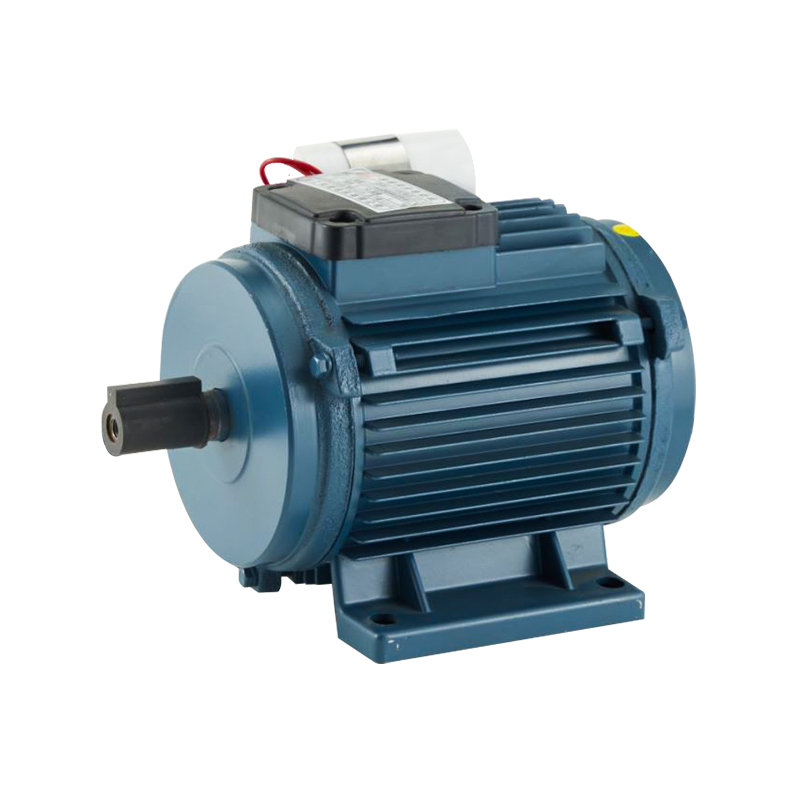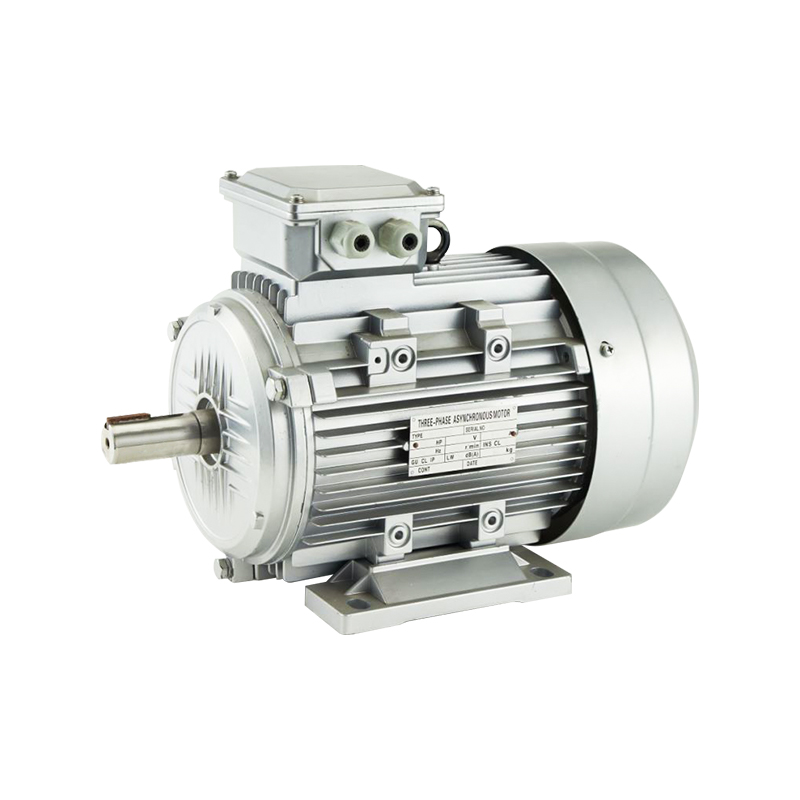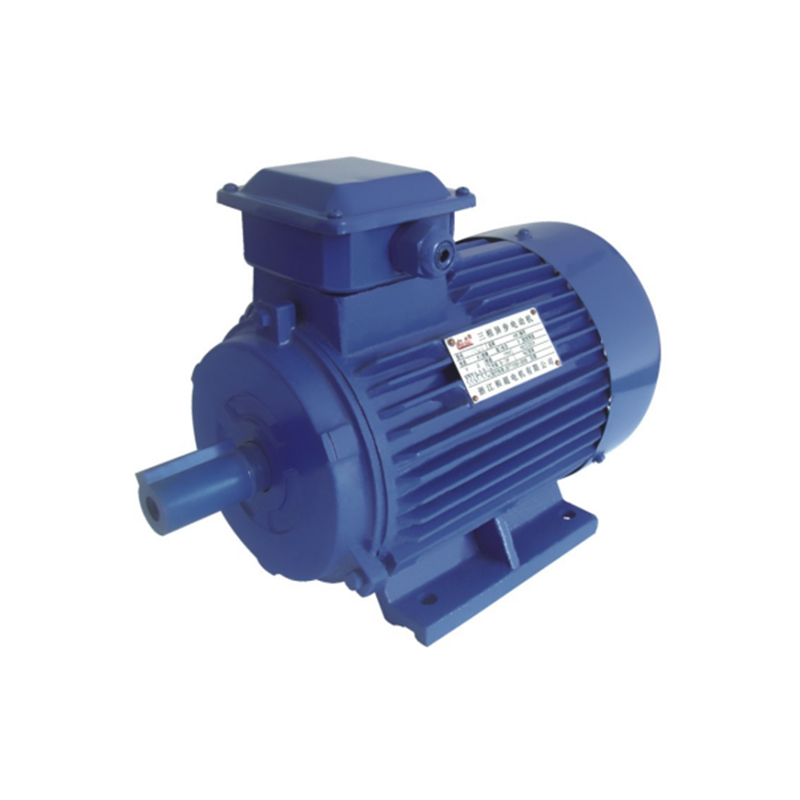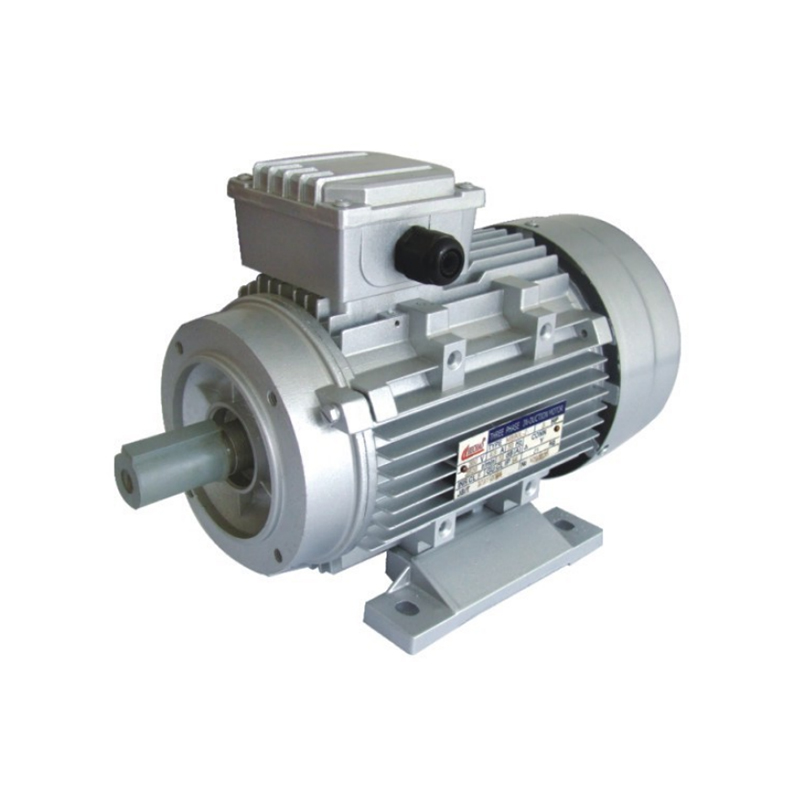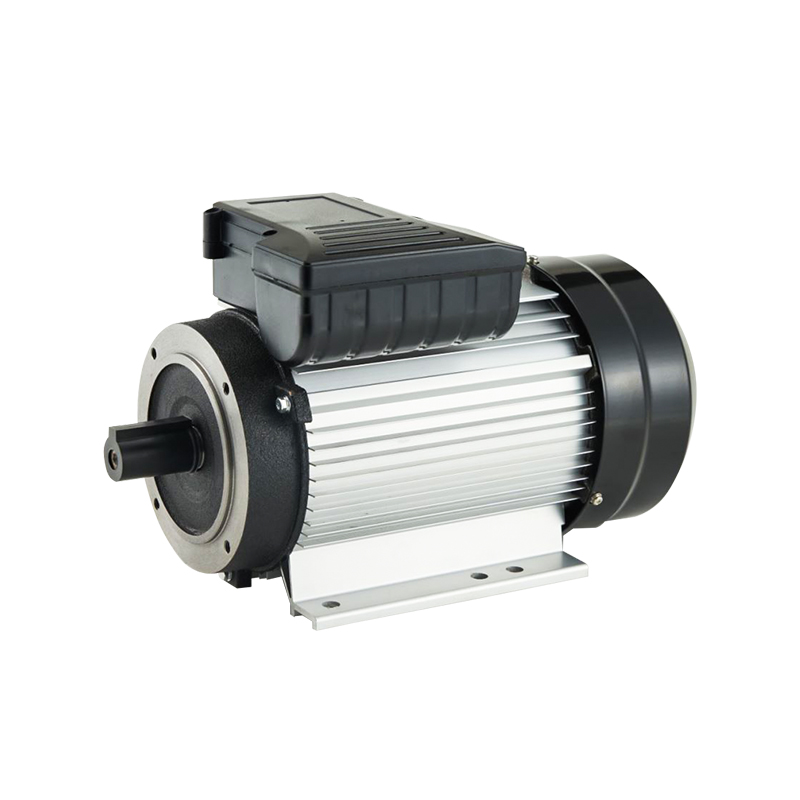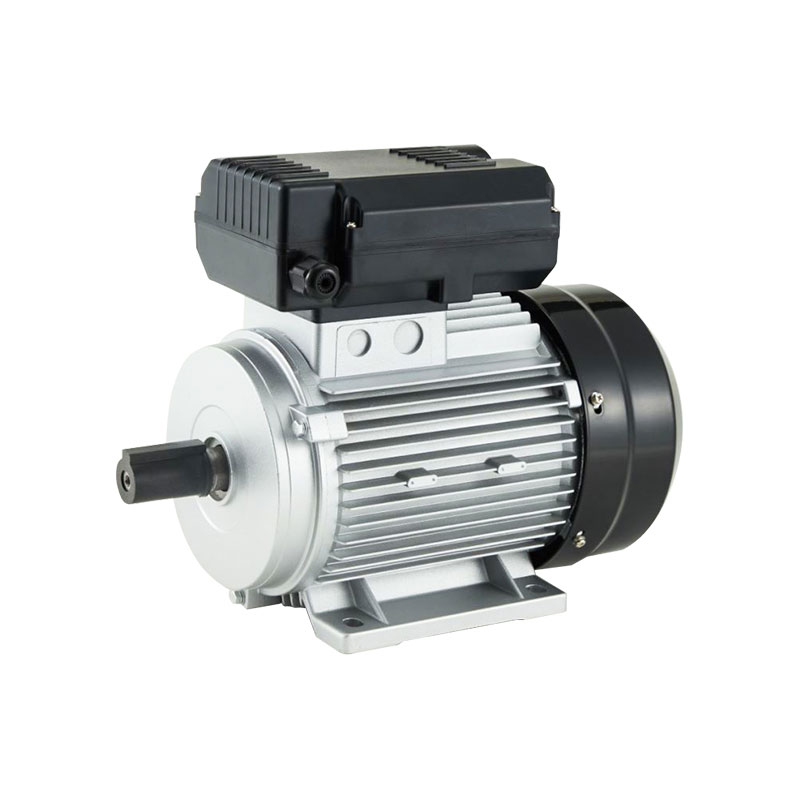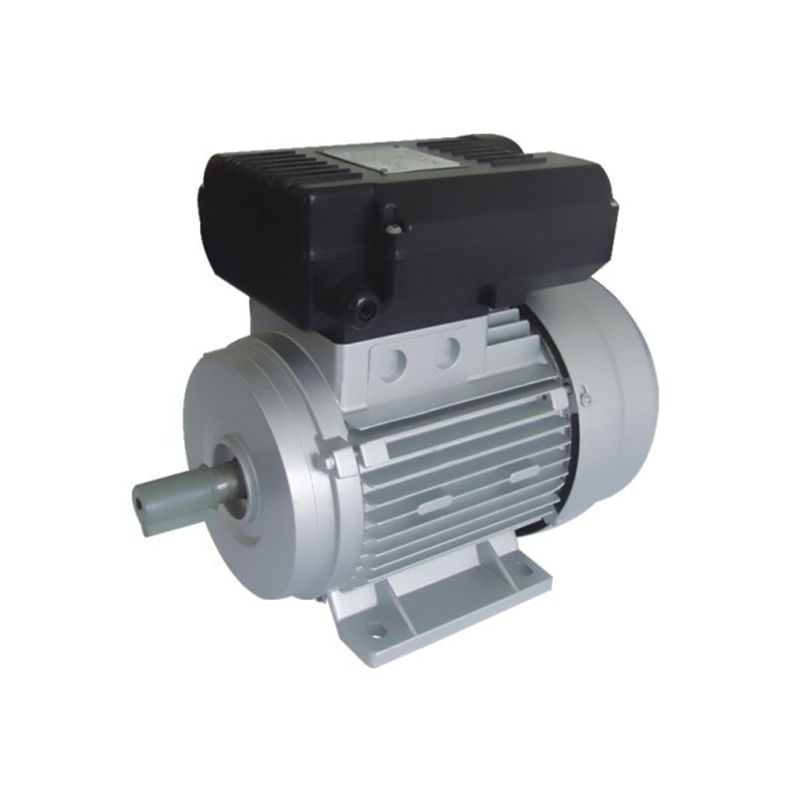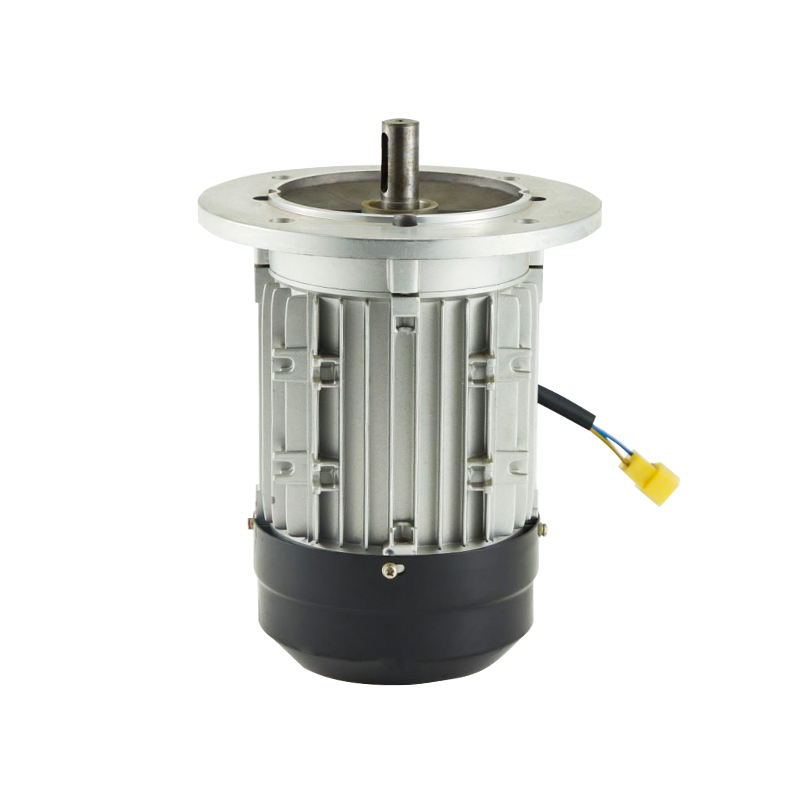As a long-standing electric motor manufacturer, Zhejiang Hechao Motor Co., Ltd. keeps a close eye on market shifts and emerging technologies. AC brushless motors, known for their high efficiency and low maintenance, are becoming increasingly central to modern machinery, home appliances, and industrial automation.
Expanding Demand Across Industries
AC brushless motors are being used in a broader range of industries than ever before. For manufacturers like Hechao, being a trusted AC brushless motor factory means understanding and responding to these expanding applications with versatile motor models, power ranges, and mounting solutions.
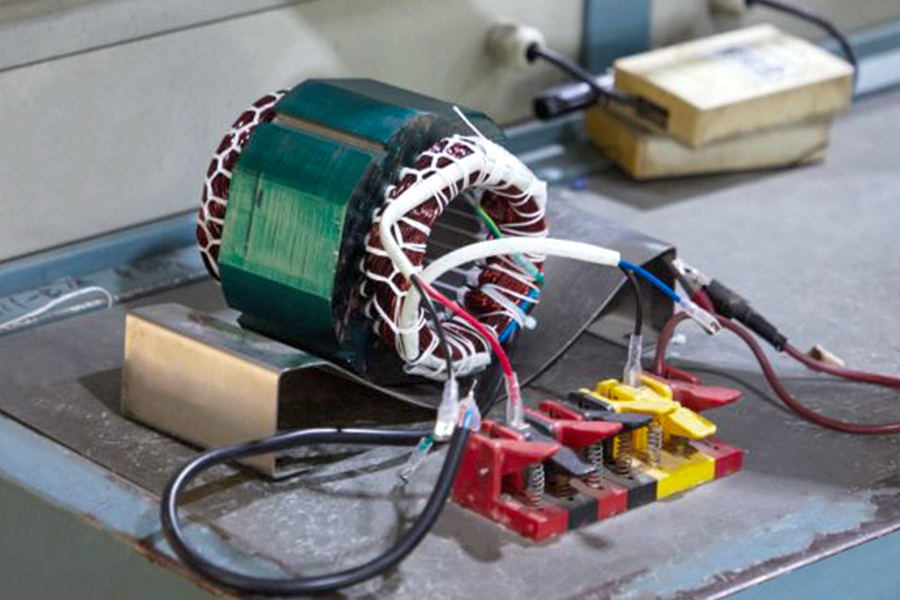
Key Trends Driving the Industry
1. Integration with Smart Technologies
Modern AC brushless motors are increasingly designed to work seamlessly with smart control systems. This includes:
IoT Connectivity: Motors with built-in sensors and wireless communication enable real-time performance monitoring.
Predictive Maintenance: Integrated software can analyze motor data to predict and prevent potential failures before they occur.
Remote Diagnostics: Service teams can access motor diagnostics remotely, reducing downtime and maintenance costs.
2. Focus on Energy Efficiency
While AC brushless motors are already known for high efficiency, environmental policies and customer expectations continue to push for improvements. Trends include:
The use of rare-earth alternatives to reduce cost and environmental impact.
Optimized rotor and stator designs to reduce core and copper losses.
Enhanced power electronics for more precise control with less energy consumption.
Materials Innovation
Materials play a crucial role in the performance of AC brushless motors. Some developments include:
High-Density Magnetic Materials: These offer greater power density in smaller motor housings.
Low-Loss Laminated Cores: Reduce heat generation and improve overall efficiency.
Improved Insulation Systems: Provide better heat resistance and increase the motor's operational life.
Hechao applies these material innovations in our production processes to meet performance targets for various industries.
Compact and Lightweight Designs
Space is often a constraint in modern equipment, especially in portable electronics, home appliances, and electric vehicles. AC brushless motors are trending toward:
Slimmer profiles
Reduced weight through advanced composites
Higher power-to-size ratios
These compact motors are also easier to install and integrate into complex systems.
Sustainability and Compliance
With global regulations tightening around energy use and waste reduction, manufacturers are prioritizing:
Recyclable Motor Components: More motors are being designed with recyclable materials.
Eco-Friendly Manufacturing Practices: Lower emissions and reduced energy consumption during production.
Compliance with Global Standards: Motors must meet certifications like CE, CCC, and energy labeling requirements.
As a certified electric motor manufacturer, Hechao ensures its motors comply with applicable standards and supports customers in achieving their environmental goals.
Customized Solutions Gaining Popularity
Mass production is being replaced in many segments by made-to-order solutions. More customers now request:
Custom Shaft Lengths and Mounting Types
Specific Torque-Speed Curves
Motor Integration with Application-Specific Controllers
Hechao supports OEM/ODM services, enabling tailored motor solutions with reliable lead times and consistent quality.
The Road Ahead
The future of AC brushless motors lies in the intersection of efficiency, smart technology, sustainability, and customization. Manufacturers that adapt quickly to these trends will be better positioned to serve industries such as:
Renewable energy
Smart manufacturing
Electric mobility
Automation and robotics
Zhejiang Hechao Motor Co., Ltd., as an experienced electric motor manufacturer, is committed to staying ahead of these trends. Through continuous investment in research, advanced materials, and production innovation, we aim to deliver motors that meet tomorrow’s performance, environmental, and application needs—today.

